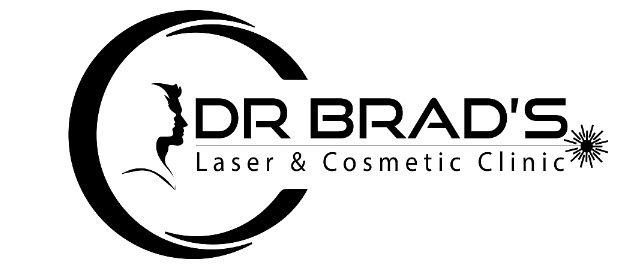The human **ear** is a remarkable structure, intricately designed not only for hearing but also for maintaining balance and protecting our delicate inner ear components. It comprises three main parts: the outer ear, the middle ear, and the inner ear. Each part plays a unique role in how we perceive sound.
### The Outer Ear
The **outer ear** consists of the **pinna** (the visible part of the ear) and the ear canal. The pinna collects sound waves and directs them down the ear canal to the eardrum. The ear canal is lined with skin that contains special glands responsible for **ear wax production**. This waxy substance, known as cerumen, serves a vital purpose: it protects the ear canal by trapping dust, debris, and microorganisms while also preventing the skin from drying out and becoming itchy.
Interestingly, the amount of **ear wax** produced can vary widely from person to person, influenced by factors such as genetics, environment, and personal hygiene habits. In some cases, people produce an excess of ear wax, leading to blockages and potential complications.
### The Middle Ear
Moving deeper, we find the **middle ear**, which consists of three tiny bones known as the ossicles: the malleus, incus, and stapes. These bones amplify and transmit sound vibrations from the **eardrum** to the inner ear. The middle ear also houses the eustachian tube, which regulates air pressure and drains fluid from the ear.
Excess ear wax can hinder sound transmission, leading to muffled hearing or discomfort. It’s crucial to address any blockage to ensure that you’re not missing out on the world around you.
### The Inner Ear
The final part, the **inner ear**, contains the cochlea, responsible for converting sound vibrations into electrical signals sent to the brain. This part of the ear also plays a pivotal role in balance, working closely with the vestibular system.
What’s fascinating is that while many people worry about ear wax, and its potential to create issues in these inner structures, it is important to remember that ear wax serves beneficial functions if maintained at appropriate levels.
### The Role of Ear Wax
Although often considered a nuisance, **ear wax** is a natural component of ear health. It provides a protective barrier, keeping foreign particles at bay and moisture levels optimal. Regular ear wax production helps stimulate the natural process of cleaning itself. It works on a cycle, where old wax naturally migrates out of the ear canal, often accompanied by shedding skin cells. This means vigilance in caring for your ears is essential, but it's equally important not to over-manage.
One cannot stress enough the perils of cotton swabs and similar objects typically used to clean ears. Pushing wax further into the canal can cause blockages and potentially lead to infections. Instead of trying to remove ear wax at home, seeking professional help is the wisest choice when faced with uncomfortable symptoms.
### Professional Solutions for Ear Wax Build-Up
If you find yourself struggling with excessive ear wax, consider reaching out to a specialist. This is where **Dr Brad** comes into the picture. With extensive training under ENT surgeons, Dr Brad employs advanced techniques, exclusively using **microsuction** for **ear wax removal**.
Microsuction is a modern and effective method that ensures a safe and thorough removal of ear wax without the complications that can arise from outdated treatments, such as ear candles. In fact, studies have shown that ear candles can lead to burns and blockages rather than alleviating ear wax issues. Dr Brad prioritises safe and clean techniques, ensuring that you leave the clinic with clearer ears and a lighter step.
For those based in Bristol, Dr Brad offers comprehensive **ear wax clearance** services. You can find more information about these services by checking out ear wax removal Bristol.
Imagine walking into an appointment where you're met with a friendly smile, a comfortable setup, and the assurance that your ear health is top priority. Patients often leave the clinic with a newfound appreciation for their hearing, experiencing immediate relief and a noticeable difference in the clarity of sounds around them. Just recently, a patient came in feeling as if they were underwater due to a severe blockage. After a quick microsuction session with Dr Brad, they left feeling lighter and more connected to their environment.
### Nurturing Your Ear Health
Taking care of your ears goes beyond merely removing wax. It involves understanding how they function and recognising when professional help is necessary. If you're experiencing any discomfort, hearing loss, or a feeling of fullness in your ear, it’s best to consult a specialist like Dr Brad.
This approach is about enhancing your quality of life through better ear health. With Dr Brad as your partner in care, your ear wax problems are not just addressed—they're managed in the most efficient and safest way possible.
If this article has sparked your curiosity or you have related concerns, please book with Dr Brad for a consultation.
This article does not constitute medical advice.
